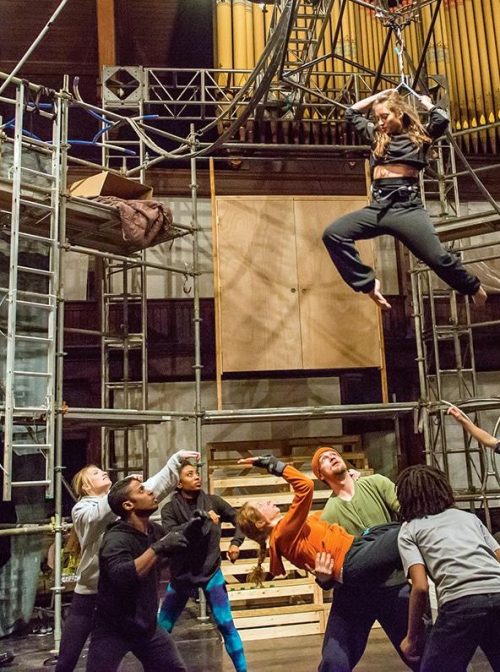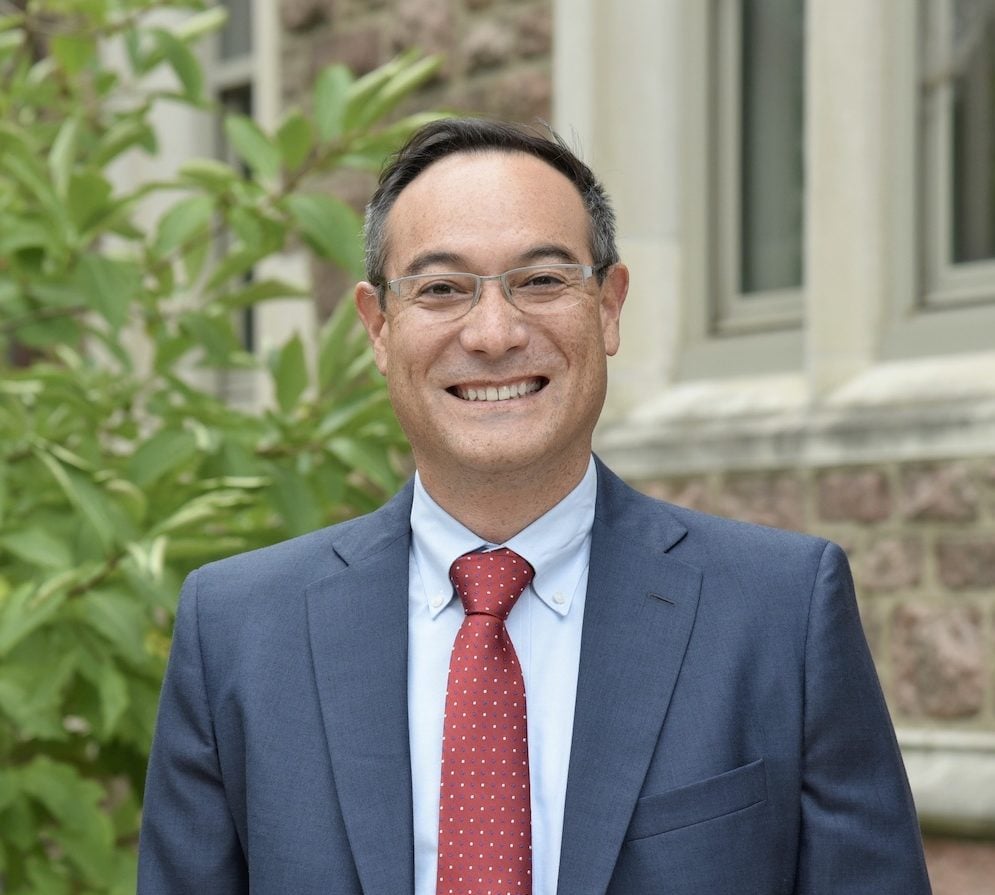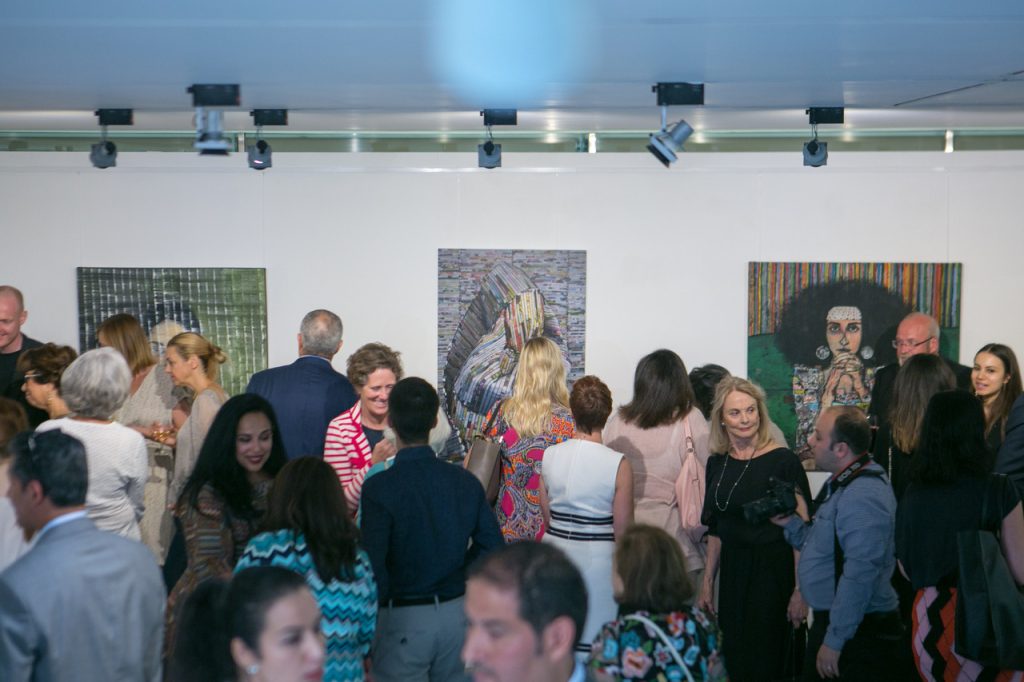A long time ago, the division between the arts, sciences, and houses of worship started. Some say it was due to the Age of Enlightenment; others count an earlier date after the Renaissance when the creative subject matter of art ventured from religious figures like Jesus to more abstract and everyday subjects. A project started by Partners for Sacred Places, “Arts in Sacred Spaces,” bridges that same divide.
“Arts in Sacred Spaces” works toward reconciliation on common, pragmatic grounds. There is a story that repeats itself over and over among faith communities in cities. Whether a church or synagogue, a thriving body of worshipers finds their congregation aging and losing touch with the community surrounding their building. Outreach and proposals to be “in” the community come with varying modes of success. Very few have managed to get other community members to share their space, until now.
“Arts in Sacred Spaces” is an offshoot of Partners’ original mission to help these houses of worship thrive in this new landscape. All the while pursuing interpersonal, relational health and wholeness. I spoke with Karen DiLossi, Director of Strategic Partnerships, about Arts in Sacred Space’s obstacles and outlook for the future of collaboration between artists and faiths.
I learned the learning curve was shorter due to her extensive experience in collaboration. The process by which a playwright needs a work to be translated from the director to the stage manager and other key cast and technicians, translates over to this work well. This has been replaced with a heart to build a bridge of understanding between often closed communities of faith and their artistic counterparts in the community starved for rehearsal and performance space.
Partners has forged a connection that thrives under the tutelage of Partners’ co-founder Bob Jaeger in the service of mutual benefit. DiLossi often finds herself in the role of bridge-builder and peacemaker. The talks she facilitates navigate many boundaries, including language and culture. When they lose steam, she urges the artists and the congregations to find the alignment of the mission and vision.
Below is an excerpt from my interview with Karen DiLossi, edited for clarity and length.
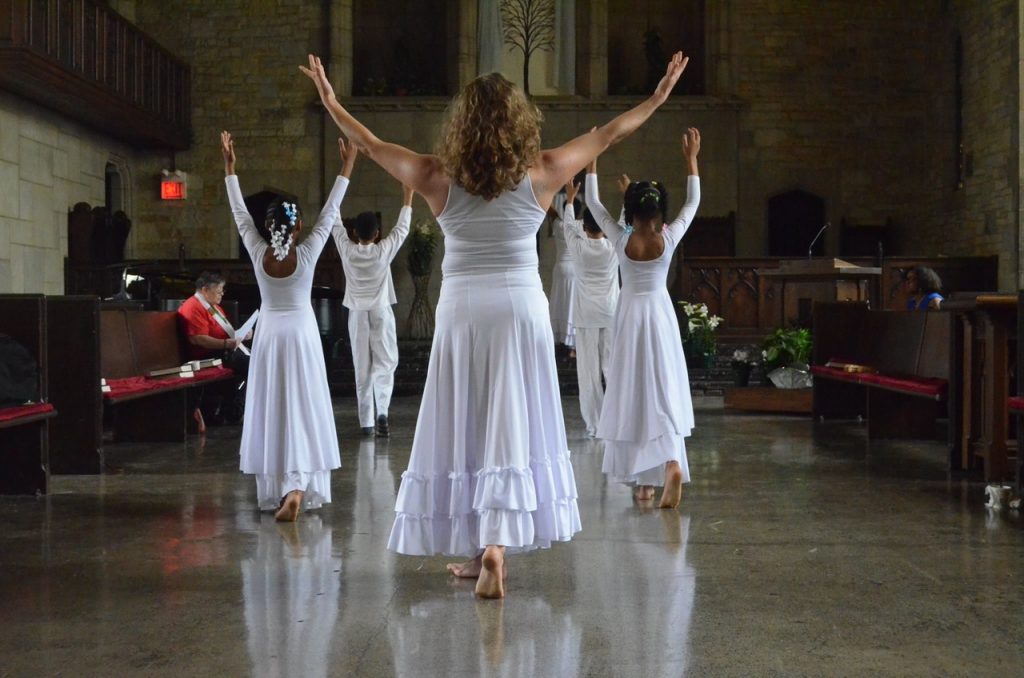
Bam Stanton: How do you simplify the language between arts organizations and houses of worship to overcome cultural obstacles?
Karen DiLossi: Artists and houses of worship obviously use their own internal definitions of so many words. Partners understands how those definitions can vary and how they can be perceived as a hurdle. So, the first thing we start with in the training is universal definitions of some keywords that we will share during our time together: Values, Impact, Vision, and Mission. We start with these four core words and give them our definition that we will share as a group. The very first activity immediately afterwards is that every entity, whether they are an artist or a sacred place, will define themselves using those shared definitions. Every group then reports back that information with the group. We find that focusing on what makes us similar or like-minded is the best way forward in terms of space sharing.
Generally speaking, when we begin, there is already a deep respect for each other’s artistic and spiritual processes. We try to expand on that respect by reviewing what values, in particular the entities, we share with one another. Ultimately it is the core values of what drives their work that will be the bridge builder between them.
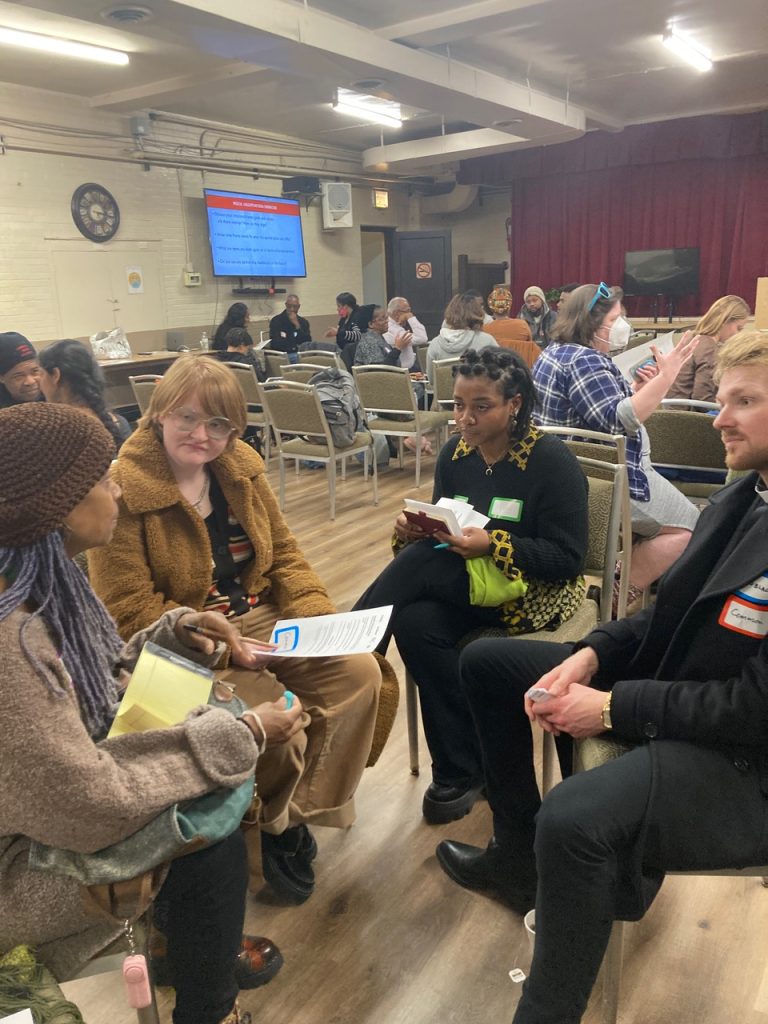
BS: How do you remind the participants this is a self-motivated process?
KD: In a way, we do that by providing homework in between our training sessions. The homework provides an opportunity for them to link up beyond the confines of the training, see what the other has to offer, and helps create the foundation for the space-sharing partnership. We tell them that we can’t do the work of putting them together. They have to pay attention to the room, connect with the people who share their values, and seek out those who are willing participants in the work.
One of my favorite things I say about this program is that I take no one kicking and screaming into this work. You either want to be here and want to be a part of it or you don’t. It’s that simple. We can be there to provide the opportunity for folks to connect in the very beginning, but it is up to them to actually take advantage of those opportunities. We will also provide administrative support for those looking to create a longer-term agreement, but again, it has to be on the partners themselves to get themselves to that point.
BS: Making sure the benefits for both sides are mutually beneficial seems like a hard thing to do. How do you navigate it so well?
KD: Well, Partners is an unbiased third party in all of this. We can really help both sides to see how compromises can be made in terms of what both sides want. It’s a push/pull, always. That is the nature of the beast. For example, the sacred place, rightfully so, looks to get as much in rent as it possibly can for their spaces. In turn, the artist tries to save as much money as they possibly can, which also makes sense. That is something that universally occurs in negotiations no matter who is at the table. There are roles that both sides need to play.
In this example, Partners’ role may not be to either get the sacred place as many dollars as it can or to help save the artist as much money as it can, but rather to get both sides to see what is a dollar amount that they can both live with. How much does the sacred place actually need to cover and how much can the artist actually afford? In our experience, we often find that there is a range that both sides can live with. Perhaps we can suggest some other compromises if the money doesn’t quite line up. Neither side can be an immovable object. Both sides have their limits, and it is Partners’ job to understand what those may be and to offer up some ways to bring them closer to an agreement. Additionally, if they have gone through the training, they should see what is bringing them together in the first place and see the addition of the other in their artistic/spiritual life as an asset.
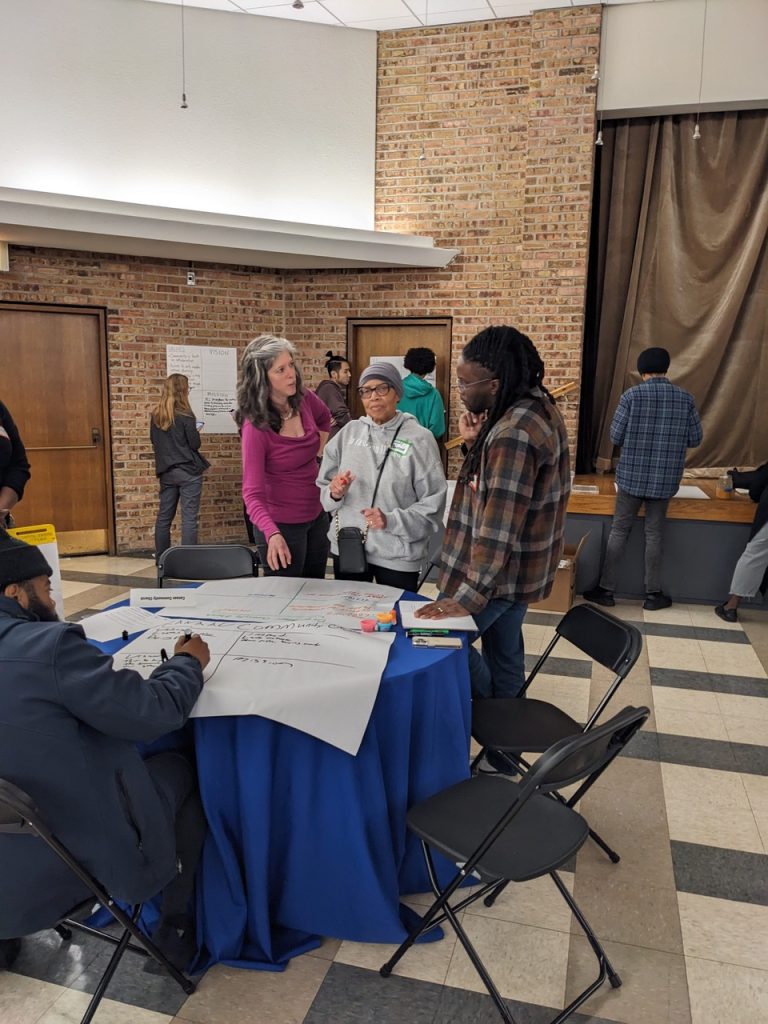
BS: Can you give me an example of sides that were far apart in the beginning of the process but developed a healthy symbiotic relationship later?
KD: In my 12 years of doing this work, one of two things would be true in a situation like what you mentioned. Either 1.) the two entities were too far apart to ever take on the labor and effort that is required to create and sustain a healthy space sharing relationship and ergo it never happens or 2.) the two entities are already in the relationship and made compromises that were not good for them and the relationship is now strained, emotional, intense, and probably needs to end.
This all sounds bleak, I know. Basically, this work of space sharing is hard. It is not easy. If one or both of the partners is difficult by maybe changing rules midway through the negotiation process or putting up obstacles, in my experience, that behavior will sadly continue. This is exactly what our training process fights against. We are encouraging participants to find people and places that are welcoming to them, that feel right, and are the right match. It should not be a “marriage of convenience” or an arrangement that is borne of some third party’s dream. We have also had examples of large donors, who with the best of intentions, are trying to put entities together and using money as the conduit – it is not a good recipe for success.
BS: Lastly, what do you think the future of Arts in Sacred Places looks like?
KD: This is a great question. Having developed the program from its newborn state to now, which I suppose are its tween years, I can say that it keeps changing, shifting, and adapting. If you were an artist or sacred place who went through our training in the earlier years, you would not recognize it now. We have grown and learned so much about both sectors this program supports that we have successfully adapted the program accordingly. I can only imagine that as we continue this work that the same will hold true.
As a great example of adaptation, during the pandemic, we had to do a lot of shifting of the program and put all of it online. Before that global event, it was a heavily in-person and high touch program. Now, honestly, it can be both. In this current iteration and in the immediate future, I would like to build upon the startup/catalyst funds that both of these sides require to make a decent go of their space-sharing partnership. Educating funders and community developers of the importance of supporting these partnerships while they are just starting out will be a necessity in any of our Arts in Sacred Places endeavors moving forward. Other future iterations may include more visual arts and satisfying their many needs, working with rural communities and artists who seek a place of community and togetherness, and expanding our work to include the West coast.
Nathan “Bam” Stanton has been an artist working in mediums that include painting, writing and speaking for over 20 years. His most recent journey included working as a pastor in Chicago for 13 years and founding a not-for-profit, Forgive.Us., an organization dedicated to encouraging artists to speak out about injustice. It’s founding was followed by a 20,000 mile RV trip around the country to host Forgive Us events. His heart is to build a bridge on which division in America can heal. Bam is now embarking on his next mission, to motivate and inspire businesses, organizations and schools into forgiveness, resilience and creativity. His work has been also been featured in WBBM Chicago, RV Today, Rootless and Rova Magazines. He currently resides in Oak Park, Illinois with his wife and 5 children.
